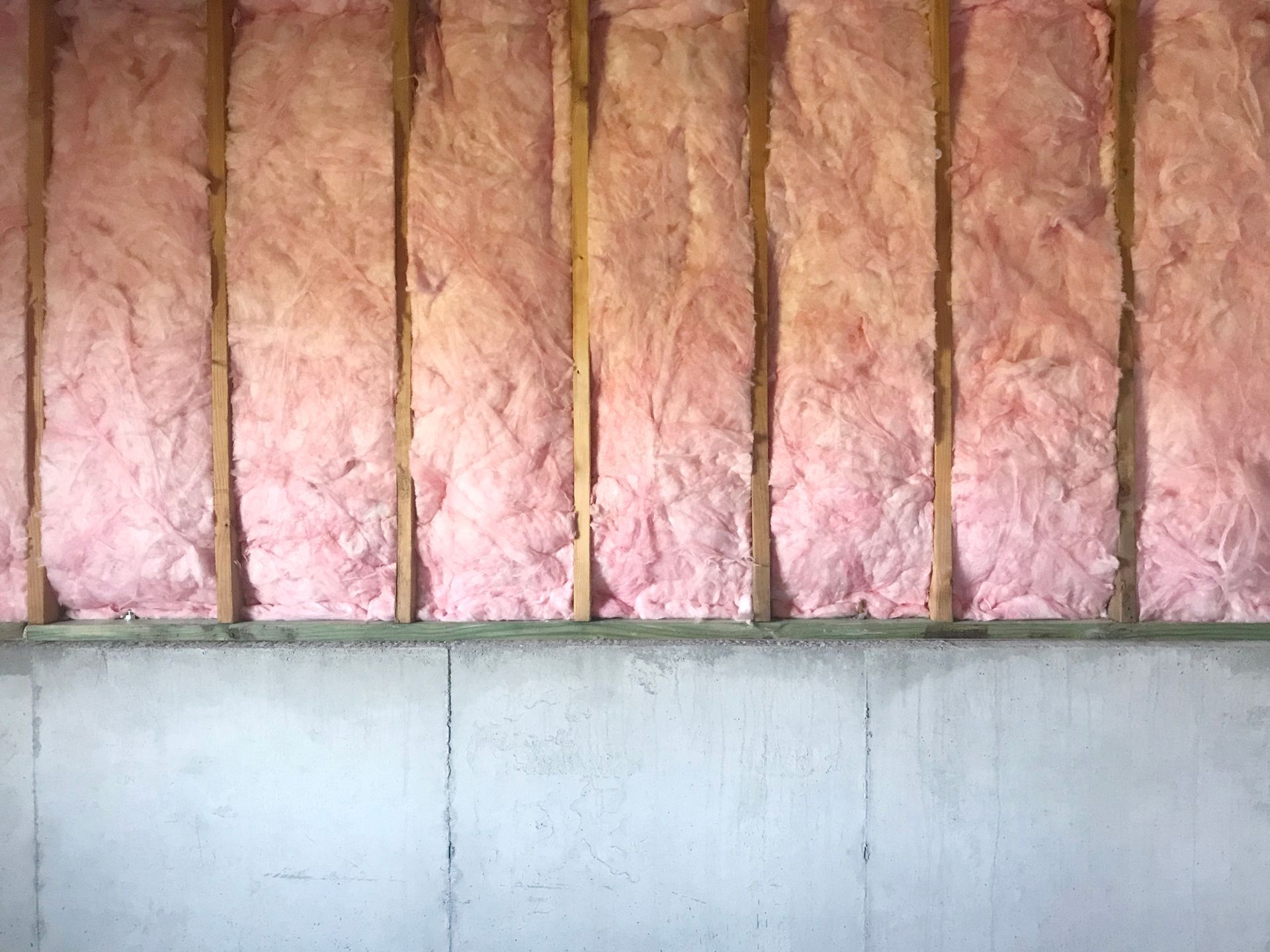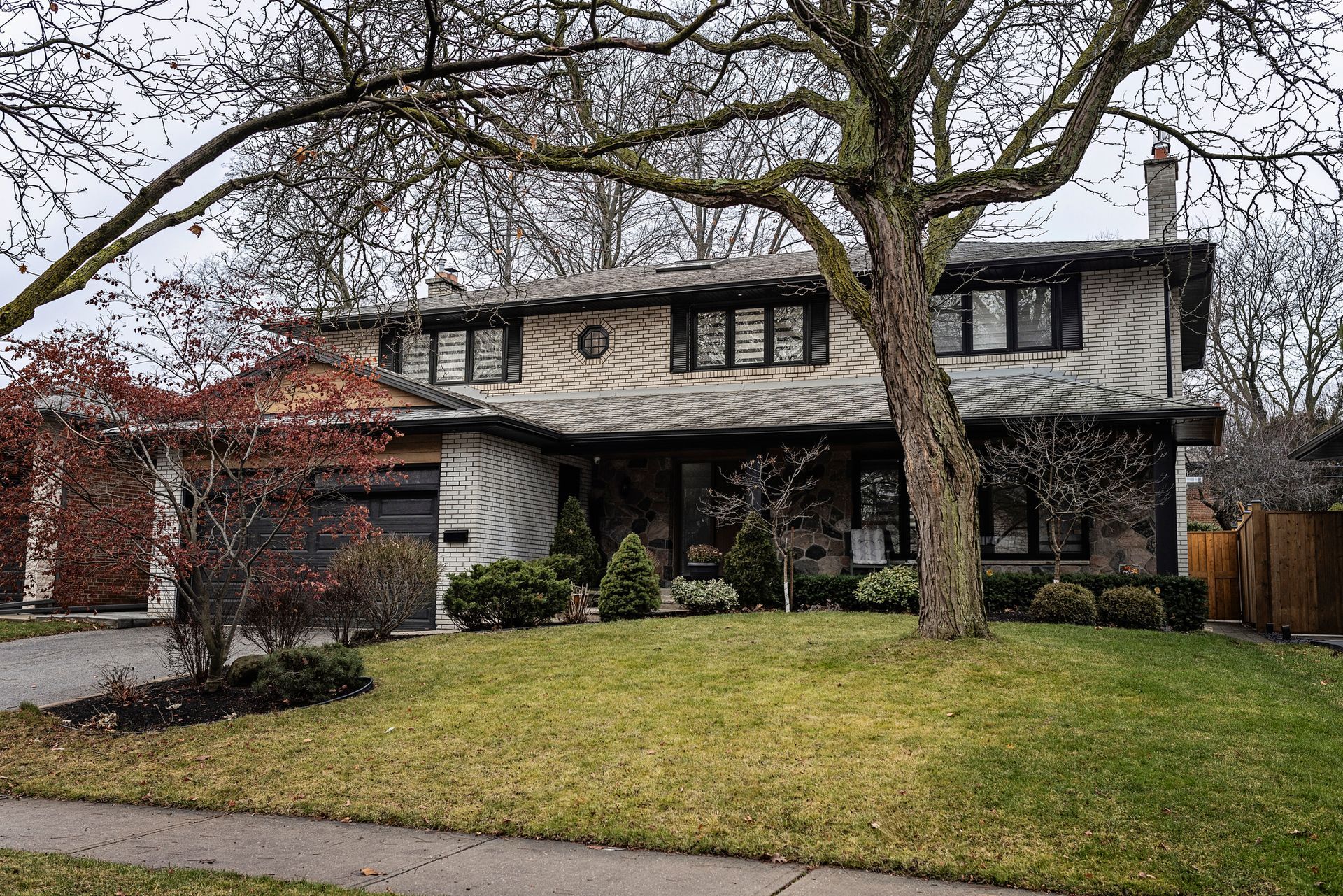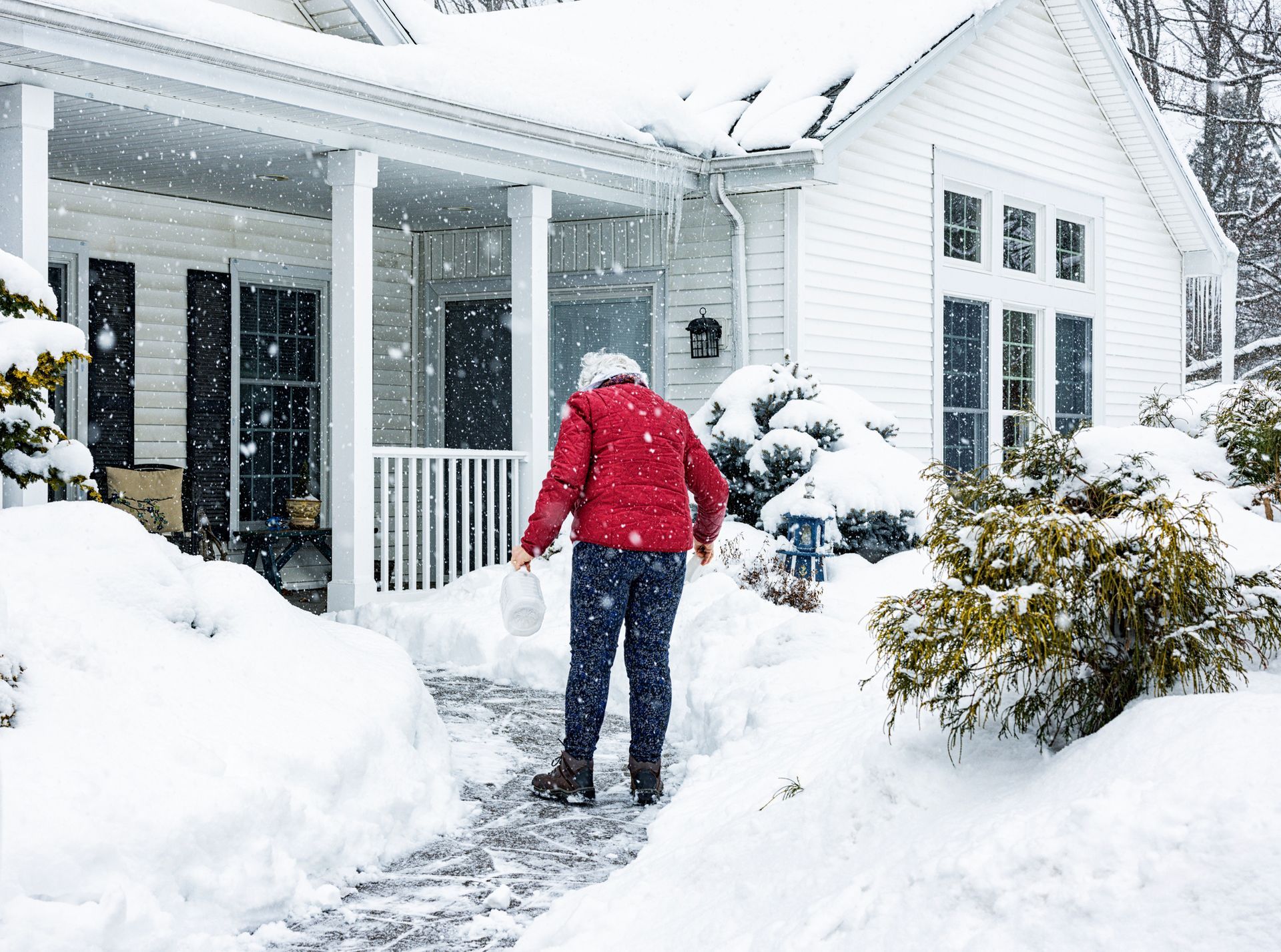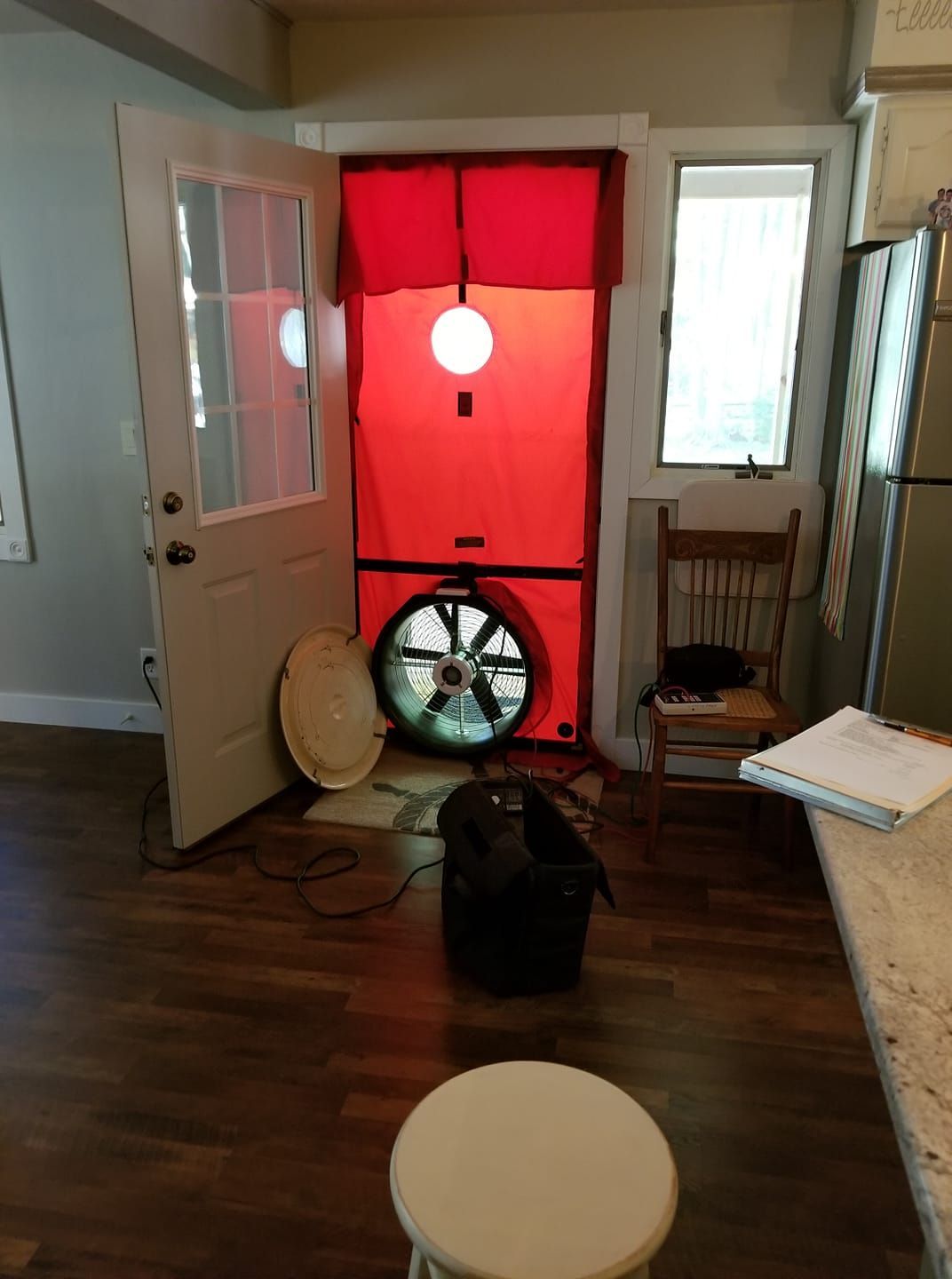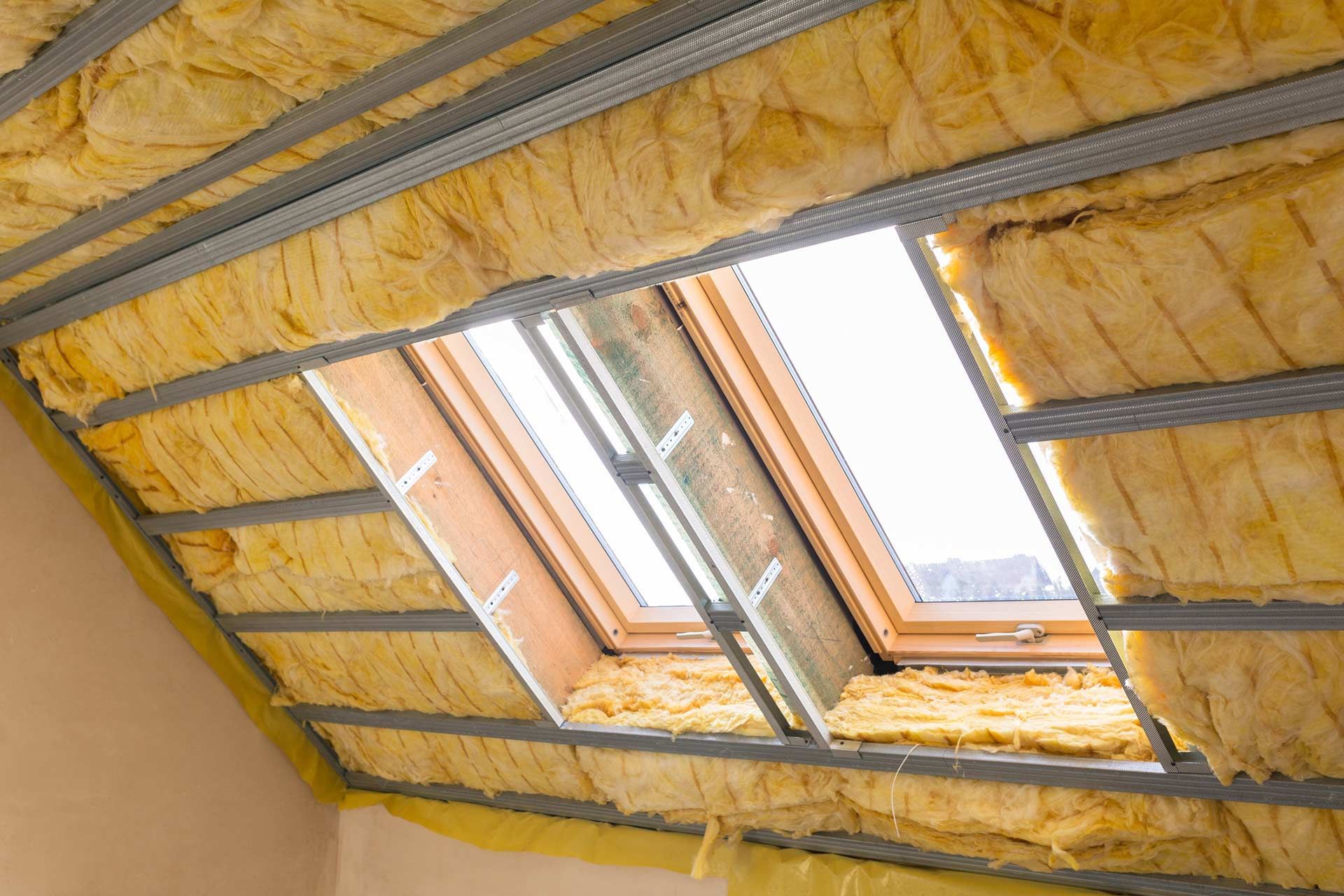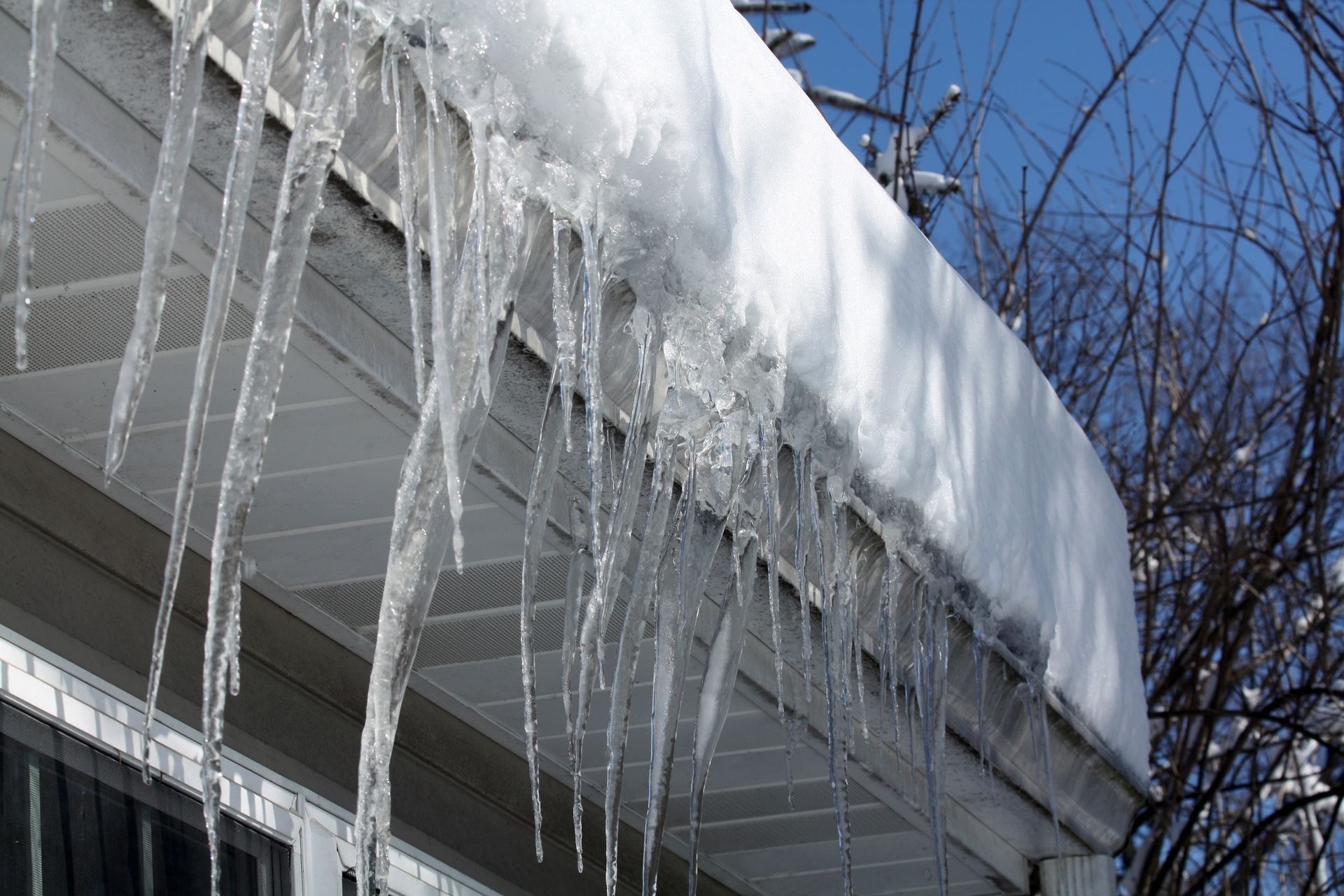How Residential Insulation Can Keep Your Home Warm and Save You Money This Winter for Green Bay, Appleton Wisconsin and surrounding areas.
Winter is approaching, and for many homeowners, that means the inevitable rise in heating bills. But what if there was a way to keep your home warm without constantly cranking up the thermostat—and save money on energy costs at the same time?
The answer lies in one of the most cost-effective home improvements: residential insulation. In this blog, we'll explore how proper insulation can help maintain a cozy indoor environment, reduce energy consumption, and keep more money in your pocket.
New Paragraph
Insulation is a material used in homes to resist the flow of heat. In winter, it helps keep the warmth inside, preventing heat loss, and in summer, it can prevent the intrusion of hot air, keeping your home cooler. Insulation works by reducing the transfer of heat between your indoor and outdoor environments, creating a buffer that stabilizes indoor temperatures.
There are several types of insulation materials, including fiberglass, foam board, spray foam, and cellulose, each with its own set of benefits depending on your home’s needs.
How Insulation Helps Keep Your Home Warm in Winter
- Prevents Heat Loss: In colder months, heat naturally wants to escape from your home, especially through areas like your attic, walls, floors, and windows. Insulation helps block this heat loss, trapping it inside and keeping your home warmer for longer periods without needing to use your heating system as much.
- Reduces Cold Drafts: Air leaks around doors, windows, and walls are often a source of unwanted drafts. Insulation helps seal these gaps, preventing cold air from entering your home and warm air from escaping.
- Balances Temperature Distribution: Insulation doesn't just keep one room warm—it helps ensure a more consistent temperature throughout the entire house. This means you won’t have to deal with cold spots or excessive hot areas that force your heater to work harder than necessary.
How Insulation Saves You Money on Heating
- Lower Energy Bills: By keeping the warmth inside your home and preventing heat loss, insulation can significantly reduce your reliance on your heating system. The less energy you need to use to maintain a comfortable temperature, the lower your energy bills will be. Homeowners can save up to 20% on heating and cooling costs simply by adding or upgrading insulation.
- Better HVAC Efficiency: When your home is well-insulated, your heating system doesn’t need to work as hard to maintain the desired temperature. This means your HVAC unit will experience less wear and tear, leading to lower maintenance costs and extending the lifespan of your system.
- Increased Home Value: Homes with proper insulation are more energy-efficient, and potential buyers are often willing to pay more for an energy-efficient home. Installing insulation can be a smart investment, especially if you plan to sell your home in the future.
Where Should You Insulate Your Home?
New Paragraph
Types of Insulation: Which One is Right for Your Home?
There are several types of insulation materials available, and the right choice depends on your home’s construction, the climate, and your budget. Here are some of the most common options:
- Fiberglass Insulation: Fiberglass batt or roll insulation is one of the most common and affordable options. It’s easy to install in attics, walls, and floors. However, fiberglass can be itchy to handle, so it's best installed by professionals.
- Spray Foam Insulation: Spray foam provides a superior air seal and offers great thermal resistance. It's perfect for sealing gaps and cracks, making it ideal for hard-to-reach areas like attics and crawl spaces.
- Cellulose Insulation: Made from recycled paper products, cellulose insulation is an eco-friendly option. It's typically blown into attics and walls and is highly effective at filling gaps and providing a high R-value per inch.
- Foam Board Insulation: Foam board is rigid and can be used in areas like basements, foundations, and exterior walls. It provides great thermal resistance and moisture control.
- Reflective or Radiant Barrier Insulation: Ideal for homes in warmer climates, reflective insulation helps reduce heat gain from the sun, keeping your home cooler in summer. It can also help reflect heat back inside during the winter months.
How to Determine If You Need More Insulation
Not sure if your home is properly insulated? Here are some signs that you may need to add or upgrade your insulation:
- Cold rooms or drafts: If certain rooms in your home are colder than others or you feel drafts around windows and doors, your insulation may be insufficient.
- High energy bills: If your heating bills seem unusually high during the winter, it could be a sign that your insulation isn’t performing effectively.
- Ice dams or icicles: These are a common sign of inadequate attic insulation, causing heat to escape and melt snow on your roof, which then refreezes as ice dams.
The Bottom Line: Invest in Insulation for a Warmer, More Energy-Efficient Home
Residential insulation is one of the most effective ways to improve your home's energy efficiency, keep it warm during the winter, and save money on heating costs. Whether you're dealing with high energy bills, drafty rooms, or just want to make your home more comfortable, adding or upgrading insulation is a smart investment that pays off year after year.
If you're not sure where to start, it’s worth consulting with a professional insulation contractor who can assess your home and recommend the best solutions. By insulating your home properly, you'll not only reduce your carbon footprint but also enjoy a cozier, more affordable winter season.
Ready to make your home warmer and more energy-efficient? Contact a trusted insulation contractor, All Weather Insulation located in Green Bay Wisconsin today for a consultation and start saving this winter! Call today at 920-621-3837.
